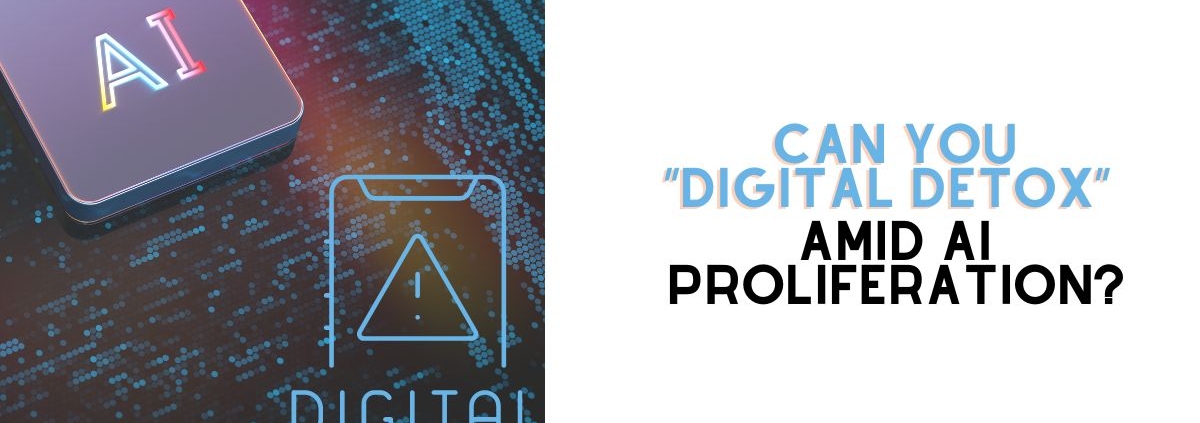It’s 11 years since the term “digital detox” was coined. And even as tech-addicted people around the world are realizing the hazards of staring at screens all day long, they are nowhere near detoxing. Conversely, shutting out Internet-enabled tech altogether is a tough ask; it might not even be a valid consideration in the times we live in.
Is a digital detox feasible?
A digital detox, in its truest sense, entails shelving technology entirely for a specific period of time. But is taking a complete break from screens even possible? Shunning social media platforms, e-commerce platforms, and video conferencing apps, even for a week or two, might upend our lives. Instead of doing good, it is very likely to actually cause harm.
Consider a screen-free scenario: No WhatsApp or text messages to check out the office work or get in touch with near and dear ones; no emails to co-workers; no digital payments for the cab, provisions, restaurant bills, movie tickets, airline tickets, and the like; no online buying; no listening to music through digital platforms while travelling or jogging; no movies or videos on the smartphone while waiting at the airport or in the plane. Sounds pretty un-doable, doesn’t it?
While a digital detox is a well-intentioned goal, a complete break from screens and technology is not a viable action anymore. Modern lives are inextricably linked to technology, and it is simply not practical to detangle ourselves from the cyber world. Smartphones have changed the way the world functions forever — there’s just no going back now.
Staying away from tech is supposed to reduce stress and anxiety and enable people to reconnect with the physical world. And while that sounds fine, a complete break from tech is likely to increase stress levels as people will be acutely aware that they are missing critical information. A loved one calling for help, an emergency text message, a shout-out from work, an important reminder from a service provider — one would end up with huge problems if one shunned the screen altogether during the so-called detox period.
The pandemic, AI proliferation, and more
The COVID-19 pandemic made people more dependent on screens and digital devices than ever before — there was simply no choice but to resort to the online world to survive. People stared at screens for far longer during the lockdowns — not just to kill time when confined to the home but also to order supplies, pay bills, keep in touch with loved ones, send help to those in need, and even sustain romantic relationships. The pandemic is over, thankfully, but the over-dependence on screens has stayed. Add to this the proliferation of AI tools and bots, and we have a dilemma.
Meanwhile, innovations like ChatGPT have gained ground, capable of doing far more in a given time than one could expect before. No wonder it has become wildly popular within a few months of its release! AI-enabled assistants render so many services that it will soon be impossible to do without them. They answer questions, conduct searches in seconds (which would take hours for humans), filter out unnecessary data, present concise and relevant information, and whatnot.
It is fairly obvious that a digital detox is not feasible — what might be a better alternative is digital mindfulness. That would mean cutting down on mindless scrolling, learning to reduce daily screen time, and making an effort to spend more physical time with friends and family. Less screen time is the real digital detox — something everyone should consider to stay healthy in today’s hyper-digital reality.



